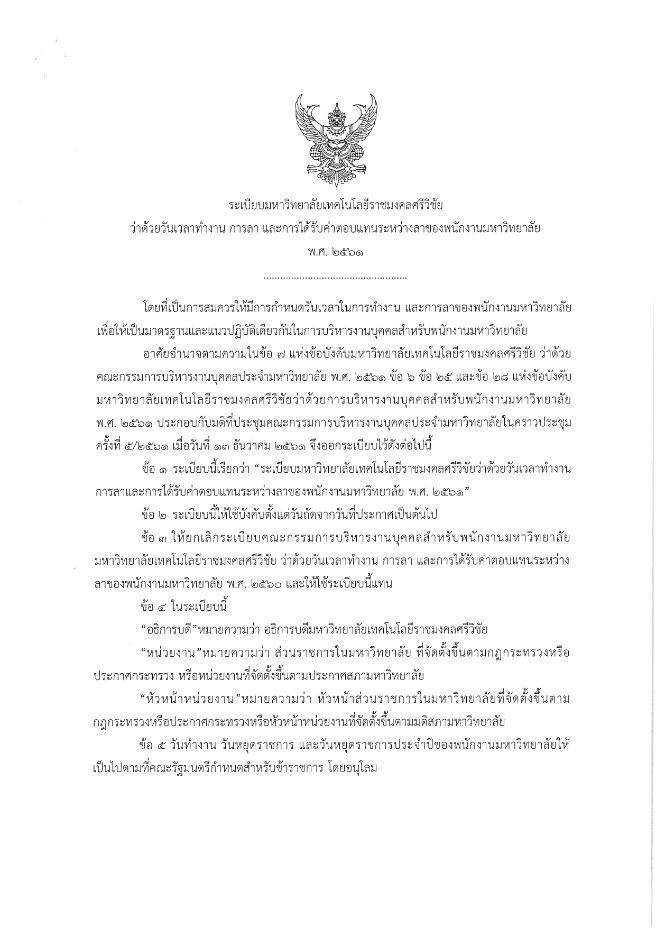Reporters: Asst.Prof.Dr. Prapot Maliwan
Assoc.Prof.Dr. Pornsil Seephueak
Asst.Prof.Dr. Nion Chirapongsathonkul
Asst.Prof.Dr. Worawitoo Meesook
Evidence Date: during 2024 Jan-Dec
Related Indicators: 15.3.5
Details:
In alignment with Rajamangala University of Technology Srivijaya (RUTS)’s policy on biodiversity conservation and sustainable ecosystem management, Dr. Prasert Nontakarn from the Faculty of Science and Technology led a comprehensive survey on avian species in the Ao Ai Yor Community Forest. The survey revealed a remarkable diversity of bird species, reflecting the ecological richness of this forested area. Among the key species documented were the Banded Kingfisher (Lacedo pulchella), Greater Racket-tailed Drongo (Dissemuroides paradiseus), and the Great Argus (Argusianus argus), a species listed as Vulnerable on the IUCN Red List. These findings highlight Ao Ai Yor’s importance as a critical habitat for both resident and migratory bird species. The research serves as evidence of a well-balanced ecosystem that supports diverse wildlife. By applying scientific monitoring methods, the project aligns national biodiversity policy with local action. The results of the survey were shared with local residents and forest committee members to increase awareness of the area’s natural value. This policy-to-action initiative exemplifies how academic research can guide community-based conservation efforts. Through collaboration, Ao Ai Yor has become a living model for integrating ecological research with sustainable resource management.
Dr. Prasert and his research team worked closely with the Ao Ai Yor Forest Community Committee to promote environmental awareness and responsible forest use. The community was invited to participate in birdwatching activities, data collection, and habitat observation. These participatory methods empowered local residents to understand the ecological roles of birds, including pest control, pollination, and seed dispersal. Workshops were organized to train volunteers in basic ornithological techniques, such as identifying species by sight and sound. The project also encouraged local youth and schools to join in educational field trips, fostering early appreciation for biodiversity. Through these actions, residents developed a sense of pride and ownership in protecting their forest. The collaboration between RUTS and the community reflects the university’s policy of extending scientific knowledge to support sustainable livelihoods. The conservation program not only builds local capacity but also demonstrates how community engagement strengthens long-term ecological resilience. These activities form the foundation for a sustainable conservation network led by local stakeholders.
As a result of this initiative, Ao Ai Yor Community Forest is now being developed as an ecological tourism site, combining conservation with sustainable economic opportunity. Bird photographers and eco-visitors are welcomed under strict management guidelines to ensure minimal disturbance to wildlife. The community committee has implemented a visitor registration system, limiting the number of guests per day and encouraging low-impact tourism practices. Income generated from tourism supports forest protection and community education programs. This model demonstrates how biodiversity conservation can coexist with local economic growth. By showcasing the forest’s rich avian diversity, the project inspires people to value and protect their natural heritage. The integration of research, community participation, and policy support creates a self-sustaining cycle of conservation. In the long term, Ao Ai Yor is envisioned as a regional hub for bird conservation education and eco-friendly tourism. The project stands as a successful example of translating environmental policy into real-world conservation and sustainable development. Through these actions, RUTS and local communities together uphold the vision of a harmonious balance between people and nature.

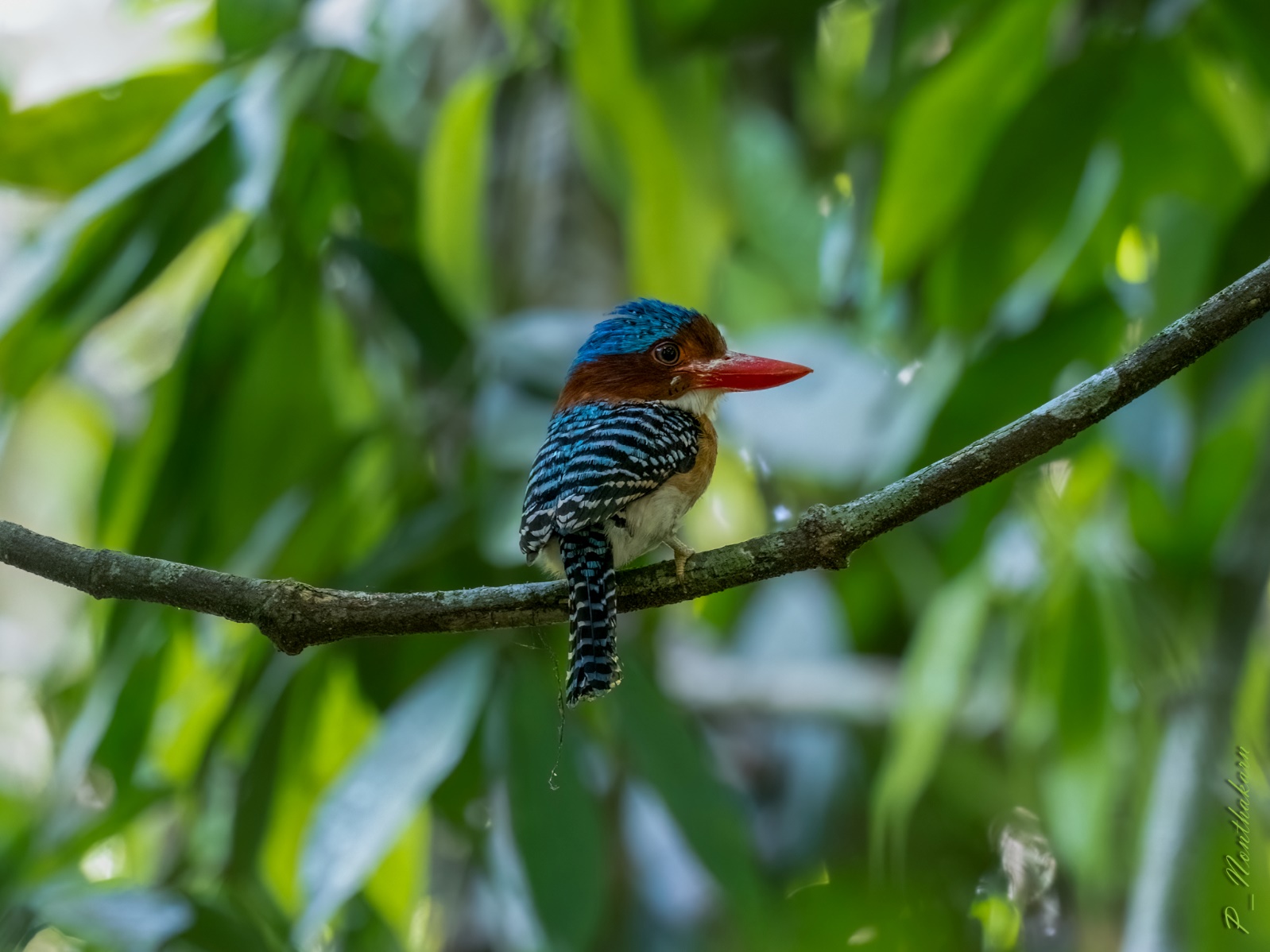
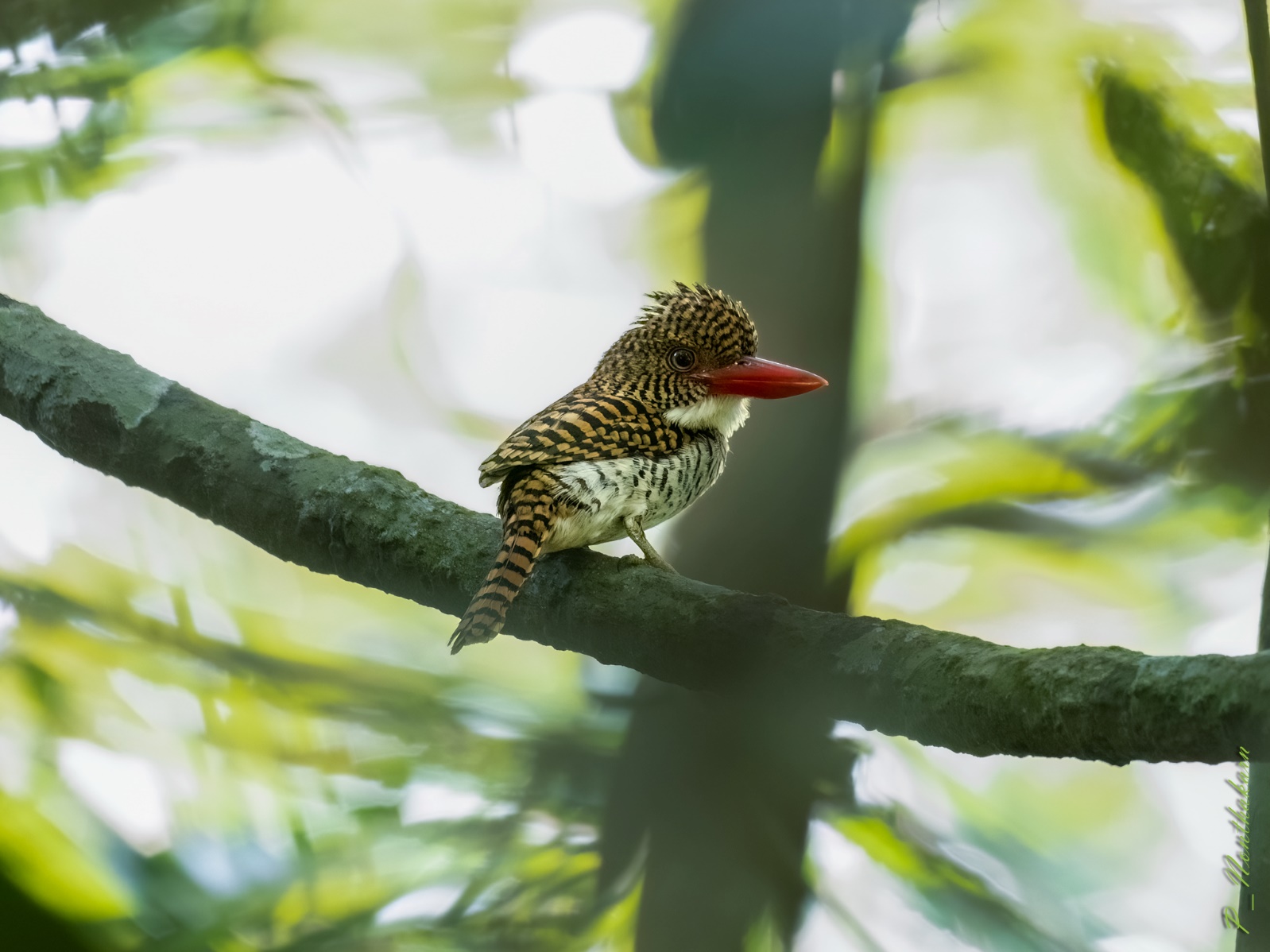
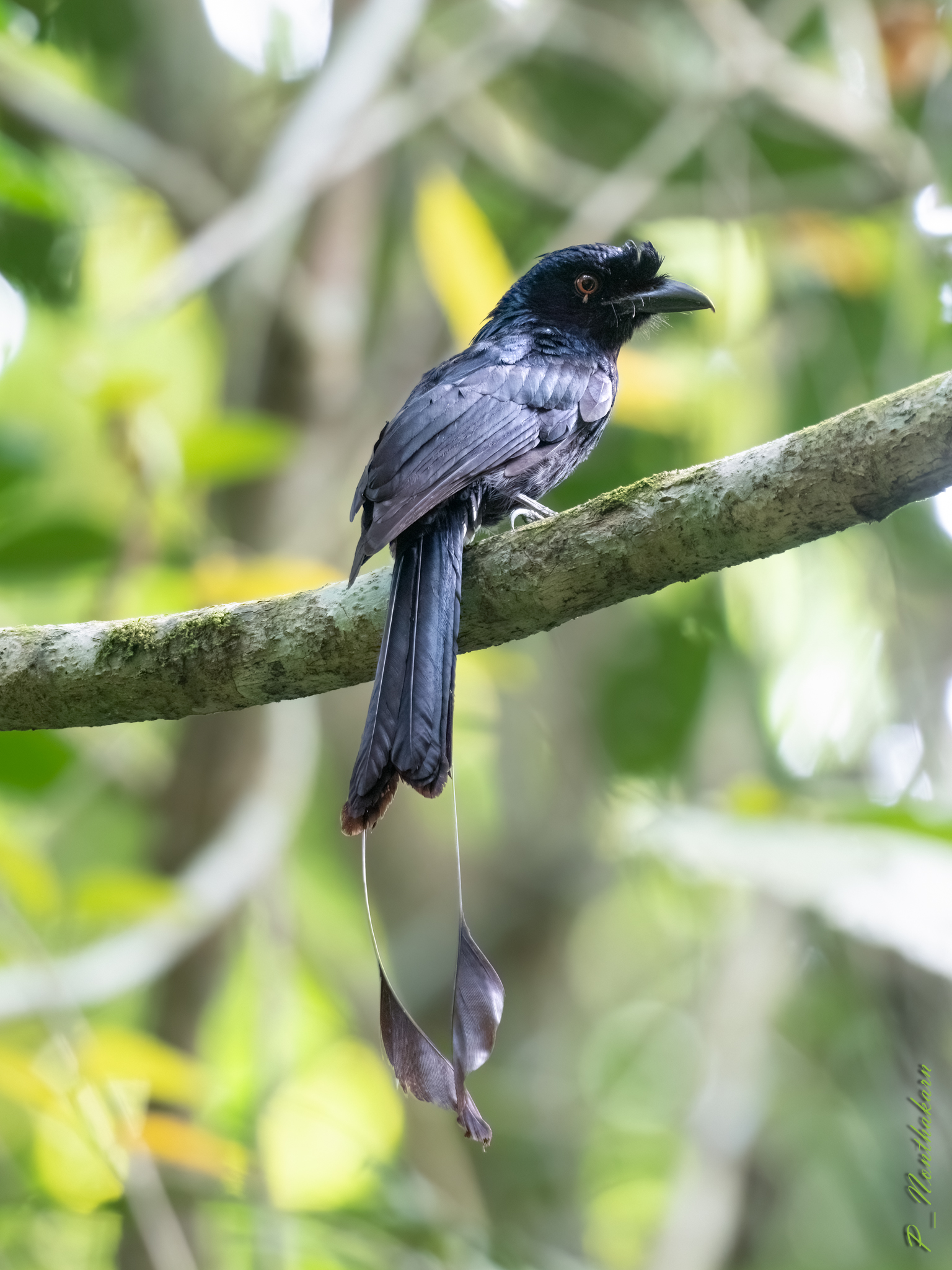
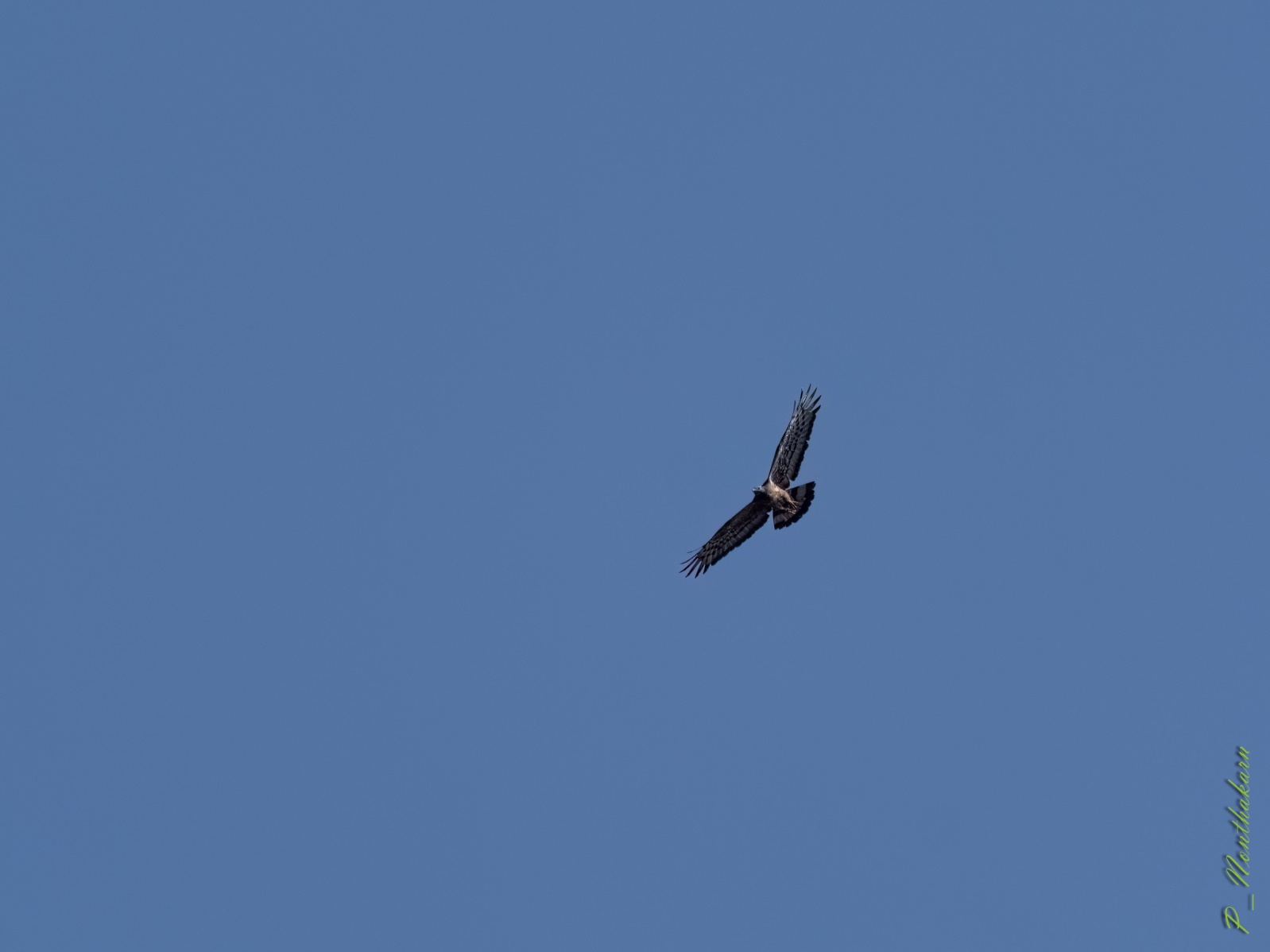
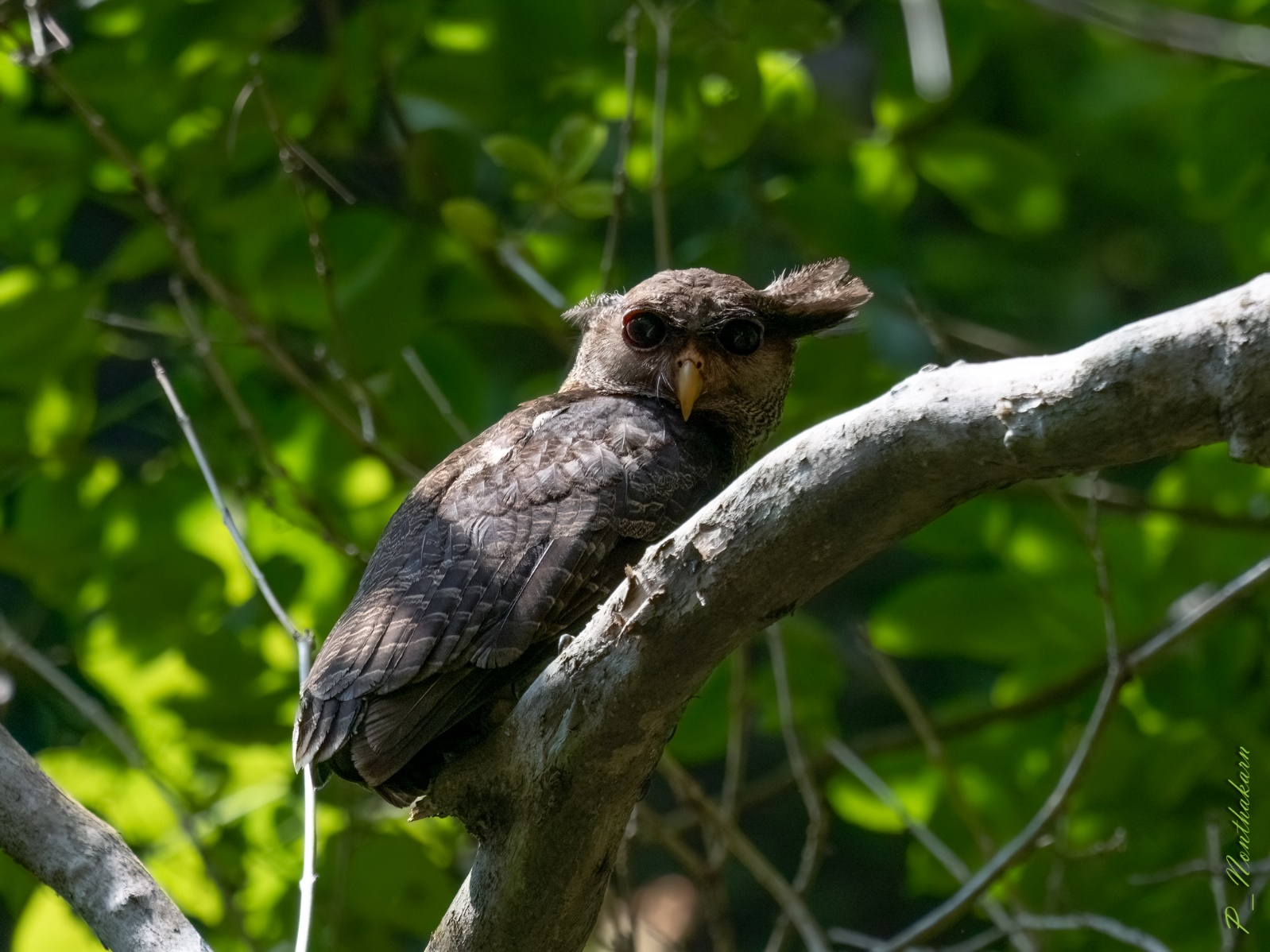
Related Links:


